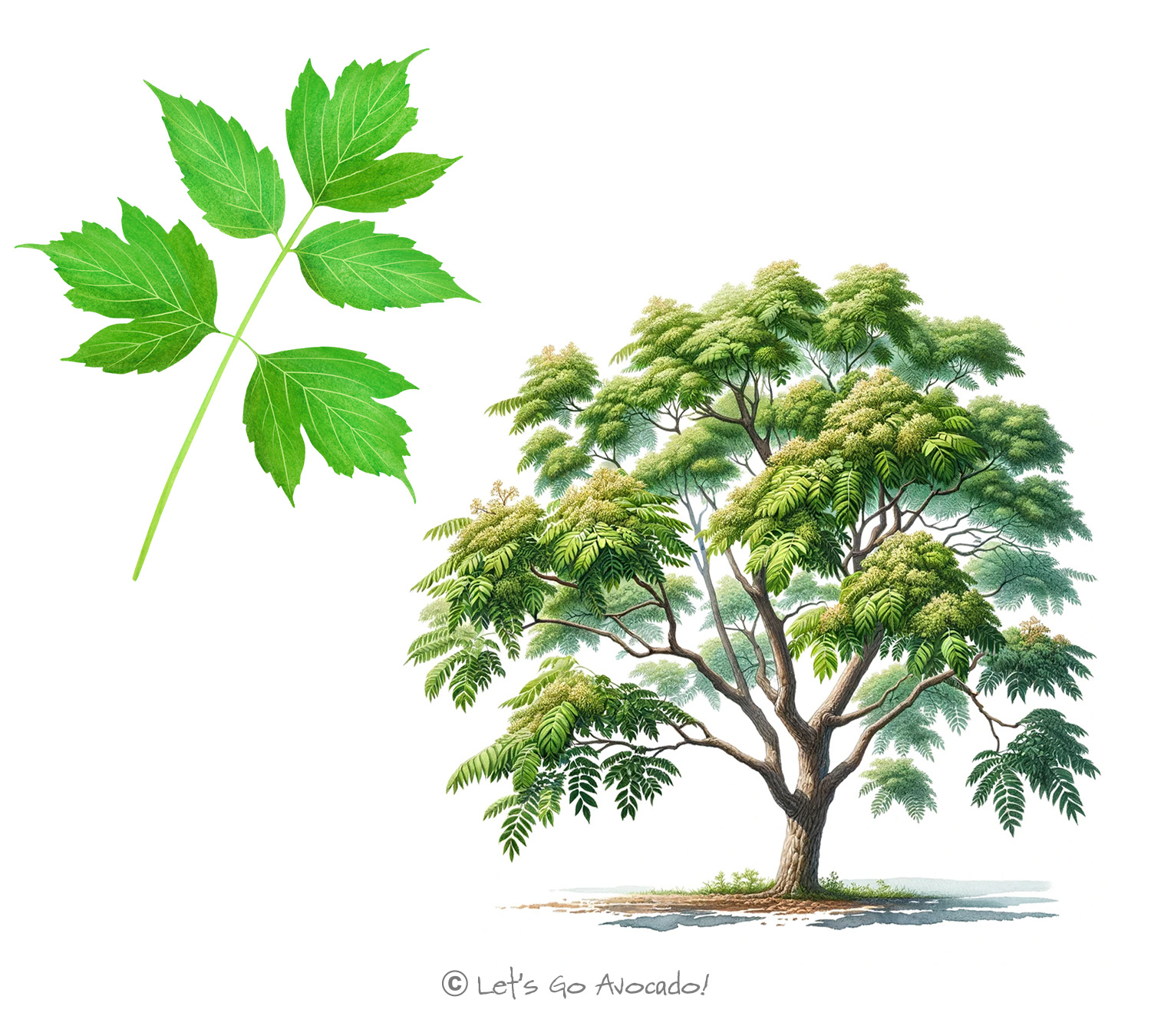The Box Elder Tree: A Versatile and Hardy Species
Young nature explorers, get ready to dive into the world of the Box Elder tree, scientifically known as Acer negundo. This unique tree is a member of the maple family, but it stands out with its own distinct characteristics. Commonly found across much of the United States, the Box Elder is known for its adaptability and resilience. From its role in the ecosystemAn ecosystem is a community of living organisms, like insects and birds, and non-living components, like water and rocks, that interact with each other in a specific area. Learn More to its uses in human life, the Box Elder tree has a lot to offer. Let’s embark on a journey to understand this fascinating tree better.
Spotting the Box Elder: Unique Features
The Box Elder is easily recognizable by its compound leaves, which are rare among maples. Each leaf is made up of several leaflets, giving the tree a lush appearance. In spring, the Box Elder blooms with small, greenish-yellow flowers, and by autumn, it produces winged seeds, similar to other maple trees. Its bark is light gray and relatively smooth, even in older trees.
Size and Growth: Adaptable and Hardy
The Box Elder is a medium-sized tree, often growing to about 30-50 feet (9-15 meters) tall. Its growth pattern is somewhat irregular, which gives it a distinctive, sometimes scrappy appearance. This adaptability in growth allows the Box Elder to thrive in various environments, from riverbanks to urban areas.
Lifecycle: A Tale of Growth and Spread
The Box Elder’s lifecycle is marked by its ability to grow and reproduce quickly. The seeds, dispersed by the wind, enable the tree to colonize new areas rapidly. This characteristic has helped the Box Elder become one of the most widespread trees in North America. It prefers sunny locations and can tolerate a variety of soil conditions.
Ecological Importance: A Beneficial Species
In the ecosystem, the Box Elder plays a significant role. It provides habitat and food for various wildlife, including birds and insects. Its quick growth makes it an excellent choice for reforestation projects and for stabilizing riverbanks to prevent erosion.
Navigating Challenges: Resilience of the Box Elder
The Box Elder is not without its challenges. It’s susceptible to pests like the Boxelder bug, and its fast growth can sometimes lead to weak wood and broken branches. However, its ability to grow quickly and in diverse environments highlights its resilience and adaptability.
Uses in Human Life: From Shade to Utility
Humans have found various uses for the Box Elder. Its wood, while not as strong as some other maples, is used for products like paper and crates. The tree is also planted for shade and ornamental purposes, thanks to its quick growth and distinctive appearance.
The Box Elder tree may not be the most glamorous species, but it’s certainly one of the most adaptable and hardy. Its presence in various landscapes, from natural settings to urban environments, speaks to its versatility. As we explore the outdoors, let’s appreciate the Box Elder for its unique qualities and the role it plays in our ecosystem. Each Box Elder tree contributes to the diversity and balance of nature, supporting wildlife and adding to the beauty of our surroundings.
Remember, every tree, including the Box Elder, has its own story. These stories are woven into the tapestry of our natural world, rich with diversity and life. So, keep exploring, keep learning, and discover the fascinating tales that trees like the Box Elder have to tell!










